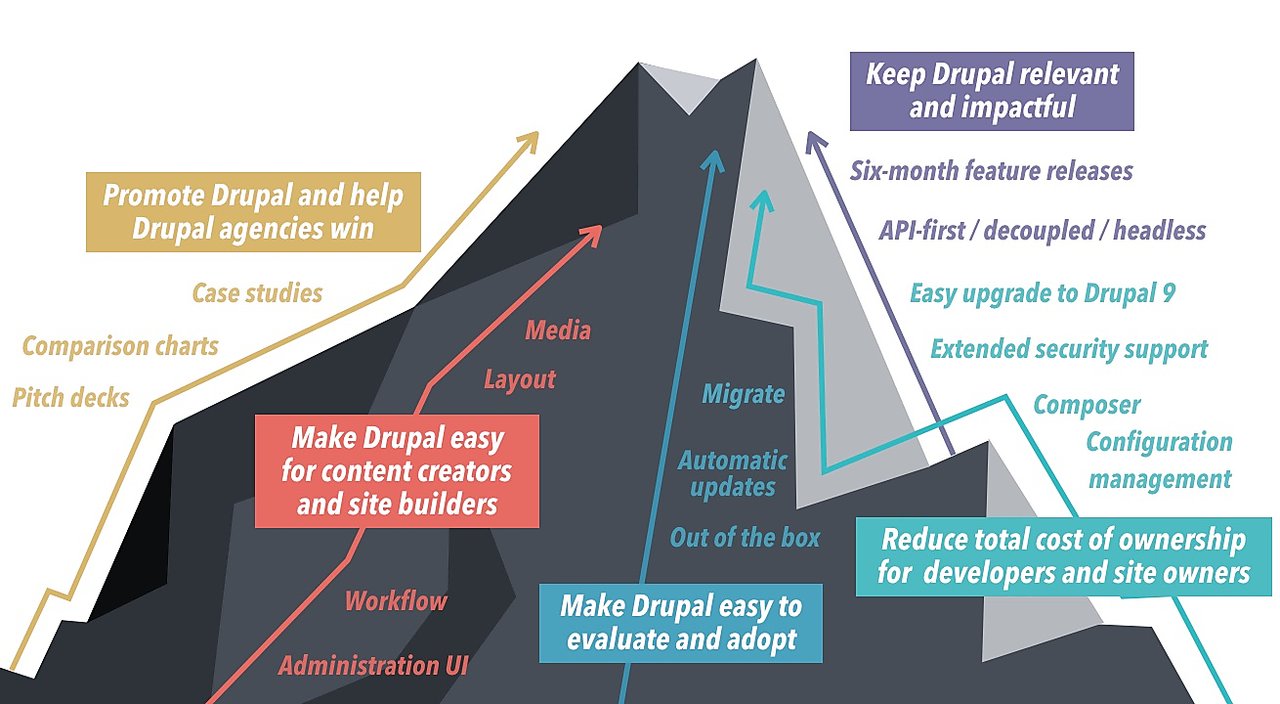 Market analysis is a crucial tool for businesses looking to develop a successful marketing strategy. Understanding the market landscape, identifying opportunities and threats, and setting clear objectives are all vital steps in building a strategy that resonates with the target audience and drives growth. In this comprehensive guide, we will walk you through the process of conducting a market analysis in 2024.
Market analysis is a crucial tool for businesses looking to develop a successful marketing strategy. Understanding the market landscape, identifying opportunities and threats, and setting clear objectives are all vital steps in building a strategy that resonates with the target audience and drives growth. In this comprehensive guide, we will walk you through the process of conducting a market analysis in 2024.
The first step in conducting a market analysis is defining your market. Identify the industry you operate in, the target market you serve, and any specific segments within that market that you want to focus on. This will help you narrow down your research and gather relevant data.
Once you have defined your market, it’s time to gather data. Collect information on your target market, including demographic information, buying behavior, and preferences. This data can be obtained from various sources such as market research reports, surveys, and customer feedback. The more information you have about your target market, the better equipped you will be to make informed decisions about your marketing strategy.
Analyzing competitors is another crucial step in conducting a market analysis. Identify your main competitors and analyze their strengths and weaknesses. Look at their products, pricing strategies, distribution channels, and marketing tactics to understand how you can differentiate your business in the market. By understanding what your competitors are doing well and where they are falling short, you can position your business to gain a competitive advantage.
Staying up-to-date on market trends is also essential in conducting a market analysis. Keep an eye on changes in consumer preferences, technological advancements, regulatory developments, and economic conditions that could influence demand for your products or services. Being aware of these trends will help you anticipate changes in the market and adjust your strategy accordingly.
Conducting a SWOT analysis is another valuable step in the market analysis process. SWOT stands for strengths, weaknesses, opportunities, and threats. By identifying your business’s strengths and weaknesses, as well as the opportunities and threats in the market, you can gain a comprehensive understanding of where your business stands and how you can leverage your strengths to overcome potential challenges.
Based on your market analysis, it is crucial to set clear objectives for your marketing strategy. These objectives should be specific, measurable, achievable, relevant, and time-bound (SMART) to ensure they are realistic and attainable. Setting clear objectives will help guide your decision-making and ensure that your marketing efforts are aligned with your overall business goals.
In conclusion, conducting a comprehensive market analysis is a critical component of building a successful marketing strategy in 2024. By understanding the market landscape, identifying opportunities and threats, and setting clear objectives, businesses can develop strategies that resonate with their target audience and drive growth. Remember, market analysis is an ongoing process that requires regular monitoring and adjustment to stay ahead of the competition and capitalize on emerging trends. By investing time and resources into market analysis, businesses can position themselves for long-term success in an ever-evolving marketplace.
